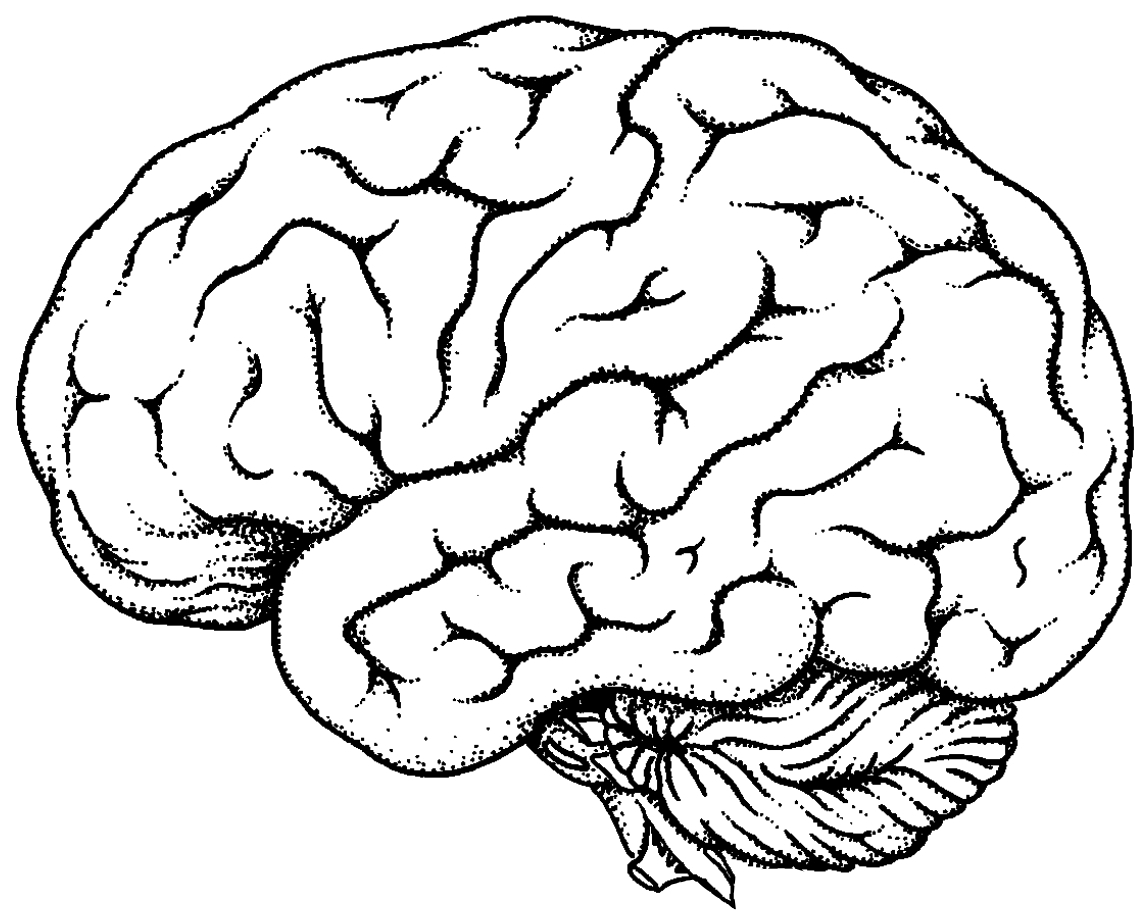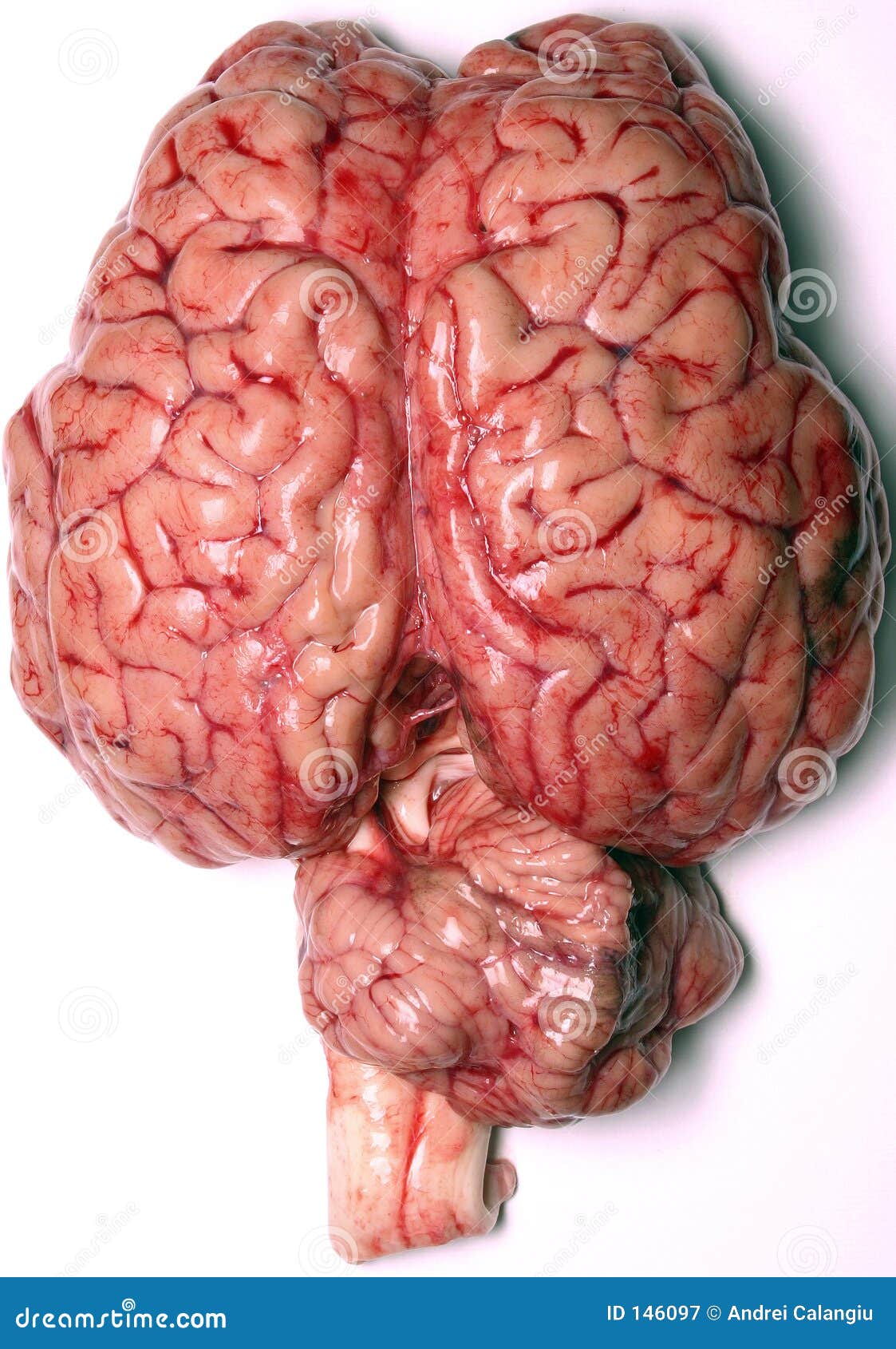
Realism and the correspondence theory of truth. Gestalt descriptions embodiments and medical image interpretation. Enactive hermeneutics and smart medical technologies. Interpreting Visual Culture: Explorations in the Hermeneutics of the Visual.
#Imagenes del cerebro humano real how to
Postphenomenology and imagining : how to read technology (S. Philosophy and Phenomenological Research, 82(2). Smith (Eds.), The Oxford Handbook of Contemporary Philosophy.

Woolgar (Eds.), Representation in Scientific Practice Revisited (pp. Networked neuroscience: brain scans and visual knowing at the intersection of atlases and databases 1. Understanding science-in-the-making by letting scientific instruments speak: From semiotics to postphenomenology. ĭe Boer, B., te Molder, H., & Verbeek, P. Constituting ‘Visual Attention’: On the Mediating Role of Brain Stimulation and Brain Imaging Technologies in Neuroscientific Practice. Explaining multistability: postphenomenology and affordances of technologies.

Rosenberger (Ed.), Postphenomenology and Imaging: How to Read Technology. Image Interpretation as Object Constitution: Hermeneutic Strategies in Neuroscientific Practice. Digital hybridisation: A technique, an aesthetic. The third wave of science studies: Studies of expertise and experience. Visualization in the age of computerization. Ĭarusi, A., Hoel, S., Webmoor, T., & Woolgar, S. In Visualization in the Age of Computerization (pp. Journal of Cognitive Neuroscience, 12(1), 1–47. Imaging Cognition II: An Empirical Review of 275 PET and fMRI Studies. Sensing Diagnostic Images: Skilful Embodied Cognition in Oncoradiology. Phenomenological ethnography of radiology: expert performance in enacting diagnostic cognition. Technological Environmentality: Conceptualizing Technology as a Mediating Milieu.

Īydin, C., González Woge, M., & Verbeek, P.-P.

Phenomenology and the Cognitive Sciences, 19(4), 729–745. Brain imaging technologies as source for Extrospection: self-formation through critical self-identification. In Postphenomenological Methodologies (pp.
#Imagenes del cerebro humano real free
From Camera Obscura to fMRI: How Brain Imaging Technologies Mediate Free Will. Representation in Scientific Practice Revisited, 61–88. Digital Scientific Visuals as Fields for Interaction. Experiment as the motor of scientific progress. Muestro que las imágenes de fMRI reciben su significado no de forma aislada sino dentro de un entorno instrumental complejo.Īckermann, R. En la segunda parte del artículo, aplico el marco a los debates contemporáneos sobre imágenes de IRMf. La idea central en este sentido es que las imágenes científicas no producen significados sin su entorno instrumental ni, dicho de otro modo, una imagen se vuelve representacional a través del juego entre tres elementos del marco. El marco se centra en tres elementos del entorno de representación, a saber: la tecnología de creación de imágenes, la imagen como dispositivo de representación y las estrategias hermenéuticas y científicas que ocurren dentro del proceso de interpretación de imágenes en el laboratorio. Problema de la representación, imagen científica, realismo instrumental, posfenomenología, fMRI ResumenĮn el presente artículo, tomo los hallazgos de la variación posfenomenológica del realismo instrumental para desarrollar un "marco ambiental" con el fin de proporcionar una respuesta filosófica al "problema de la representación".


 0 kommentar(er)
0 kommentar(er)
